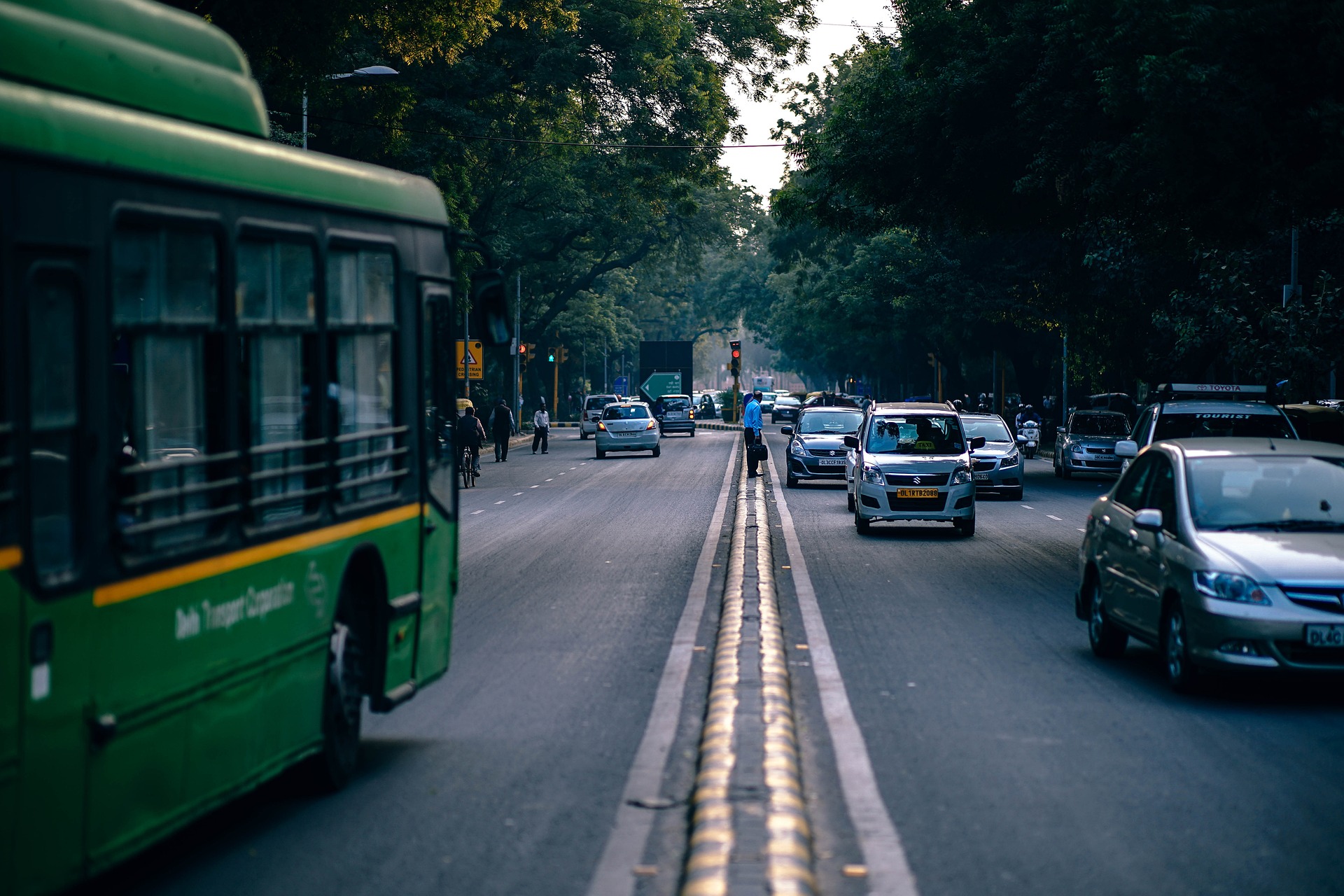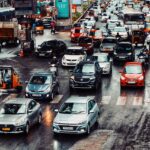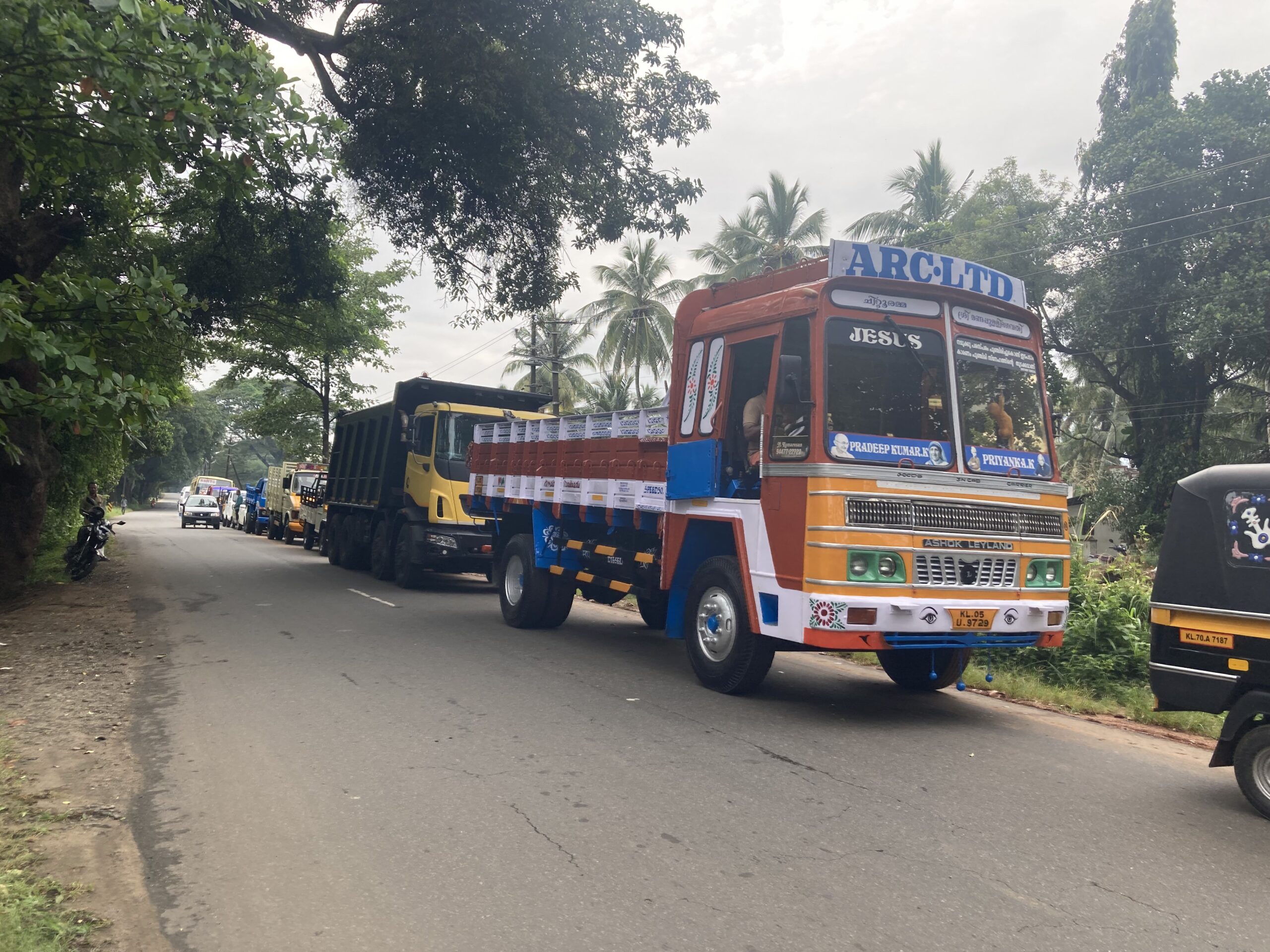Navigating the Labyrinth: Understanding the Chaotic Traffic in India
India, a vibrant country known for its rich cultural heritage and diverse traditions, has an undeniable enigma that leaves an indelible mark on every visitor. One of the most intriguing aspects of the Indian experience is its traffic – a chaotic yet fascinating spectacle that mirrors the country’s bustling, vibrant energy. This article attempts to unravel the enigma that is Indian traffic, looking beyond the apparent chaos to understand its nuances and implications.
An Organized Chaos
For a first-time visitor, the traffic on Indian roads might appear chaotic, even daunting. A symphony of horns, a multitude of vehicles of varying sizes, pedestrians, street vendors, and sometimes, cattle, all share the bustling Indian roads, often blurring the lines between lanes. But within this seemingly disorderly setup, there’s an inexplicable rhythm, an “organized chaos” that somehow just works.
The Density Dilemma
One of the major factors contributing to traffic congestion in India is the sheer population density. With over 1.3 billion inhabitants and growing, the volume of vehicles on the road is enormous. In cities like Mumbai, Delhi, and Bengaluru, peak hours can turn roads into parking lots, with bumper-to-bumper traffic becoming a common sight.
Infrastructure Challenges
Infrastructure development has struggled to keep up with the rapid increase in vehicle ownership, exacerbating traffic woes. Narrow roads, poor urban planning, and inadequate public transport systems contribute significantly to the traffic issues. Lack of adequate parking spaces often results in vehicles being parked on the road, further narrowing the already congested routes.
Diverse Modes of Transport
The diversity of vehicles on Indian roads adds another layer to the traffic conundrum. Cars, motorcycles, bicycles, buses, trucks, auto-rickshaws, and even animal-drawn carts jostle for space. Each moves at a different speed and follows different driving norms, making traffic management a complex task.
The Traffic Culture
In addition to infrastructural and demographic factors, cultural aspects also play a role in shaping India’s traffic scene. A certain degree of impatience often characterizes Indian driving habits. This impatience manifests in the form of incessant honking, overtaking from the wrong side, and not waiting for signals. It’s all part of the landscape, and over time, drivers become skilled at navigating these challenges.
Navigating Towards Solutions
Despite the chaos, efforts are underway to streamline Indian traffic. Smart city initiatives across the country aim to improve urban planning, develop better public transportation systems, and modernize traffic management with technology. Stringent enforcement of traffic rules, improved driver education, and raising public awareness can also significantly enhance the situation.
The chaotic traffic in India is a sight to behold, a colorful medley that, for all its seeming disorder, manages to get people where they need to go. It is a mirror of India itself: diverse, bustling, and vibrant. However, as India rapidly urbanizes and modernizes, it’s essential to find solutions to these traffic woes. The journey towards a more organized and sustainable traffic system will be challenging, but with proactive efforts, a blend of technology, and improved awareness, a change is certainly possible. After all, every long journey starts with the turn of a wheel.
Hey there! 😊 We run a small YouTube channel for Roads & Rails, and we'd love your support! Now the channel features daily Rail fanning videos.. Please Hit that subscribe button to help us stay inspired and create even more exciting content. Got questions, feedback, or ideas for collaboration? We’d love to hear from you! Drop us a message at mail@roadsandrails.org. Thanks for being part of our journey!









